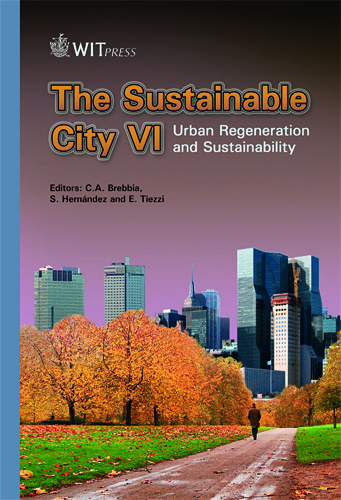The Identification Of City Development Types: A Case Study In Central Taiwan
Price
Free (open access)
Transaction
Volume
129
Pages
12
Page Range
17 - 28
Published
2010
Size
504 kb
Paper DOI
10.2495/SC100021
Copyright
WIT Press
Author(s)
M. S. Cheng & H. P. Lin
Abstract
Urban development is a long-term dynamic process in which arises the debate about the causal relationship of population growth and land development. That is, does population growth bring pressure on cities to plan new land developments, or land development cause population to increase? This study does an empirical research in one city and four counties in central Taiwan and sheds some lights on that debate. When cities review their city plans, they face an important decision about whether to permit new land developments. Hence the city plan review offers a natural experiment to test the debate. This study built a model of two simultaneous equations. The two dependent variables are population size and land development area. The sample consists of 113 city plan reviews. The model is run with the two-stage-least-squares method. The result shows that land development is the cause and population growth is the effect. This suggests that cities providing land for development can see their population increase. However, this in turn may be due to the existence of strict national land use control that depicts the location for development. Keywords: population growth, land development, simultaneous equations, city plan. 1 Introduction City development is the process of mutual influences between supply (land development) and demand (population growth). Hirschman [1] pointed out that economic development is a series of processes of unbalanced development.
Keywords
population growth, land development, simultaneous equations, cityplan





